Developing and using a drill catalog is a powerful tool to ensure a team is well-prepared for the season. The catalog is more than just a collection of drills; it’s a strategic resource that aligns practice activities with the specific needs of your team and the challenges posed by upcoming opponents. Here’s a breakdown of how Minnesota Duluth Run Game Coordinator and Offensive Line Coach Loren Endsley creates and effectively use a drill catalog throughout the season.
Building the Drill Catalog
The foundation of a successful drill catalog starts with understanding your team’s style of play, the schemes you run, and the situations your players encounter. Coach Endsley begins by analyzing his offensive line’s performance from the previous season, focusing on the most common plays and situations. As he points out, “An air raid team compared to a 12 personnel wide zone team is going to have a very different drill catalog and how they implement it’s going to be very different.”
An air raid team compared to a 12 personnel wide zone team is going to have a very different drill catalog and how they implement it’s going to be very different.
He then categorizes drills based on the skills they develop. This might include drills for drive blocks, pass protection, or handling specific defensive alignments. He ensures each drill has a clear purpose and directly relates to what his players will face in games. He recommends avoiding the temptation to overload the catalog with too many drills; instead, focus on quality and relevance. “This isn’t about collecting drills,” Endsley emphasizes. “This is about figuring out what are the situations my players face and how do I prepare them to face those situations?”
Adapting the Catalog to Different Situations
The drill catalog is not static; it should evolve as the season progresses. After each game, Endsley reviews what worked and what didn’t. He identifies recurring issues, whether they stem from technique, personnel, or scheme, and adjusts drills accordingly. For example, if the offensive line struggled against a specific defensive front, he incorporates drills that simulate those scenarios into the practice plan. “My drill catalog is not going to stay the same from year one as it is from year five, because there’s going to be different issues that come up and different problems that I have to be able to solve,” says Endsley.
My drill catalog is not going to stay the same from year one as it is from year five, because there’s going to be different issues that come up and different problems that I have to be able to solve.
It’s also important to tailor the drills to the specific challenges posed by upcoming opponents. Different defenses require different techniques, so the weekly practice plan should reflect that. “You can have a million different drills,” Endsley notes, “but if you don’t know how to coach them and they’re not even solving the issues that you’re seeing in your program, then it’s not an effective drill for you.”
Progressing from Basic to Chaotic Drills
A key aspect of using a drill catalog effectively is the progression from basic, controlled drills to more complex, game-like scenarios. Endsley starts with drills that focus on the fundamental techniques in a controlled environment, where players can master the basics. For example, fit-to-finish drills can help linemen understand the perfect positioning and leverage needed for a successful block.
As players become more skilled with the basics, he gradually introduces more dynamic and chaotic drills that mimic game conditions. This progression helps players transition from thinking about their technique to executing it instinctively, which is key for game day success. “What you have, if you just jump into everything being chaos, is you have guys that are reacting without the fundamentals in place or knowing what it’s supposed to feel like,” explains Endsley.
Coaching to Individual Needs
Not all players are the same, and neither should be the approach to coaching them. Particularly in positions like the offensive line, where body types and physical attributes can vary greatly, it’s important to adjust your drills to fit the individual. “Being able to coach the individual, I think, is very important, especially for offensive line play. You’re usually talking about 16 to 18 guys, and they’re so drastically different,” says Endsley. He stresses that you must tailor your drills to address the specific strengths and weaknesses of each player, ensuring that they are prepared to handle the unique challenges they will face on the field.
Integrating the Drill Catalog into Practice Plans
Once the drill catalog is developed, it becomes a valuable tool for planning practices throughout the season. On Sundays, as you review film and prepare for the next opponent, use your catalog to select the drills that will best prepare your players for the specific challenges they’ll face. This approach streamlines the planning process and ensures that every drill you run during the week has a direct impact on your team’s game day readiness.
A Winning Routine
Incorporating a drill catalog into your coaching routine not only improves your players’ performance but also enhances your efficiency as a coach. By systematically developing, refining, and utilizing a drill catalog, you can create a well-organized and effective practice environment that leads to success on the field.


